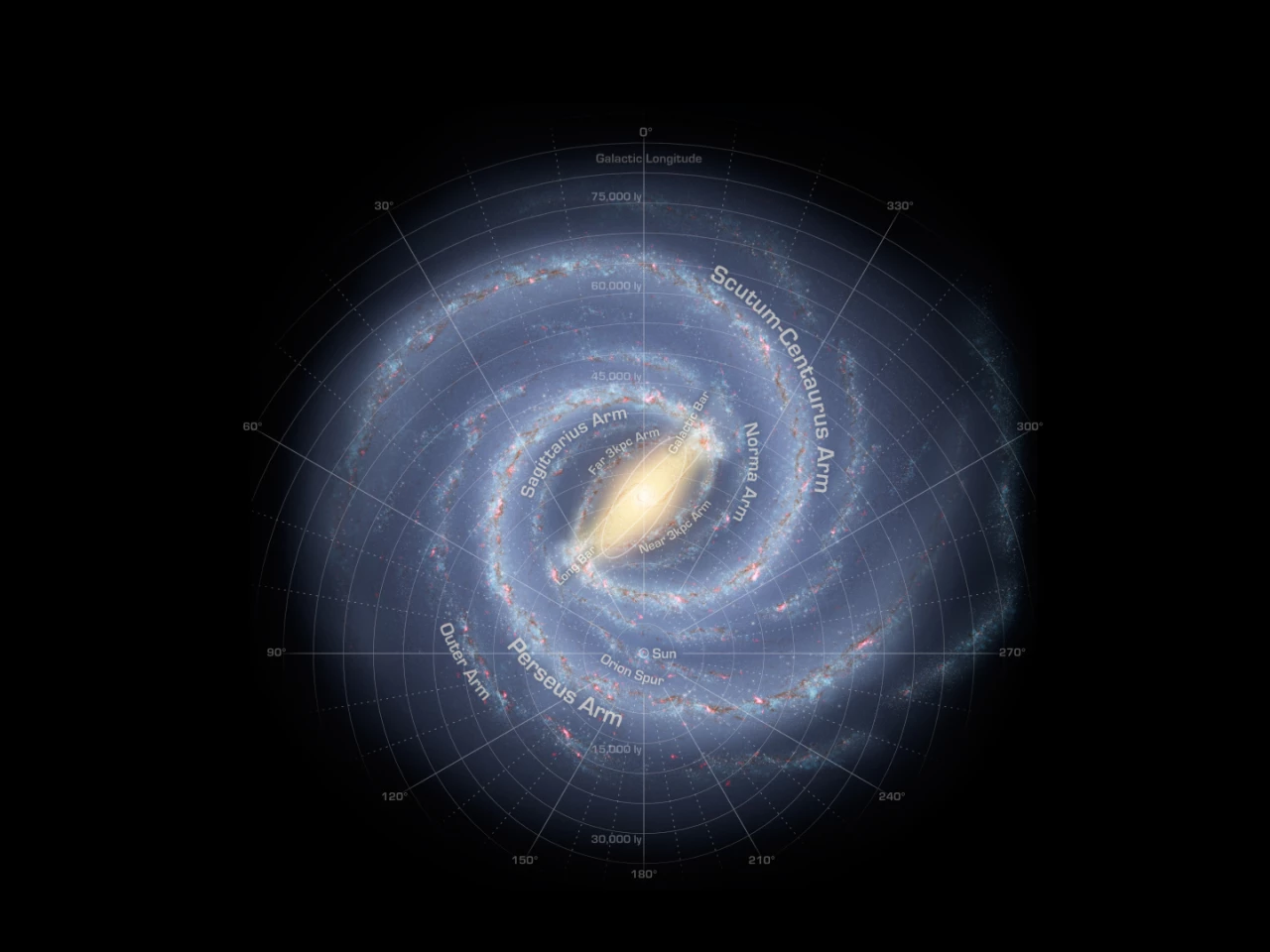The dual disk structure of our home galaxy may not be as unique as once thought, according to the results of a new study that probed the cross section of a spiral galaxy orbiting edge-on from the Milky Way.
The sweeping spiral arms of the Milky Way extend outward from its bright center, forming what appears to be a vast disk made from billions of stars. In reality, this disk is actually split into two chemically distinct components – a thin disk and a thick disk, which encompasses its smaller cousin. Astronomers have observed that the stars in the thin disk, including our Sun, have a higher overall metal content than those in the thick disk.
It had previously been hypothesized that this dual disk structure is a result of a rare, violent merger with another smaller galaxy in the distant past. If this were to be proven correct, it would suggest that the Milky Way has something of a unique configuration that resulted from a one off event. This in turn would make it highly unlikely that the same double disk structure would be observed in another spiral galaxy.
This does not appear to be the case, at least according to the results of a newly published study that details the cross section of the spiral galaxy UGC 10738.
UGC 10738 is positioned edge-on from the Milky Way, some 320 million light years from Earth. This allowed the European Southern Observatory’s Very Large Telescope (VLT) in Chile to capture an excellent cross section view of its structure.
Using the MUSE instrument mounted aboard the VLT, a team of astronomers led by members from the University of Sydney and Australia’s ARC Centre of Excellence for All Sky Astrophysics in 3 Dimensions, were able to analyze the composition and characteristics of the stars that make up UGC 10738.
It was discovered that UGC 10738 has a distinct two disk structure of its own.
As is the case with the Milky Way, the outer disk of UGC 10738 hosted stars that had a lower metal content and that were more ancient than the younger stars found in the thinner interior disk.

This suggests that the two disk structure shared by UGC 10738 and the Milky Way result from a gradual evolutionary pathway for spiral galaxies that's not as rare as previously thought. This finding could have a significant impact on our understanding of other spiral galaxies, as insights taken from the Milky Way can more readily be applied to them.
"This is an important step forward in understanding how disk galaxies assembled long ago,” explains study co-author Professor Ken Freeman of the Australian National University. “We know a lot about how the Milky Way formed, but there was always the worry that the Milky Way is not a typical spiral galaxy. Now we can see that the Milky Way's formation is fairly typical of how other disk galaxies were assembled."
The paper is published in The Astrophysical Journal Letters.
Source: The ARC Centre of Excellence in All Sky Astrophysics in 3D





